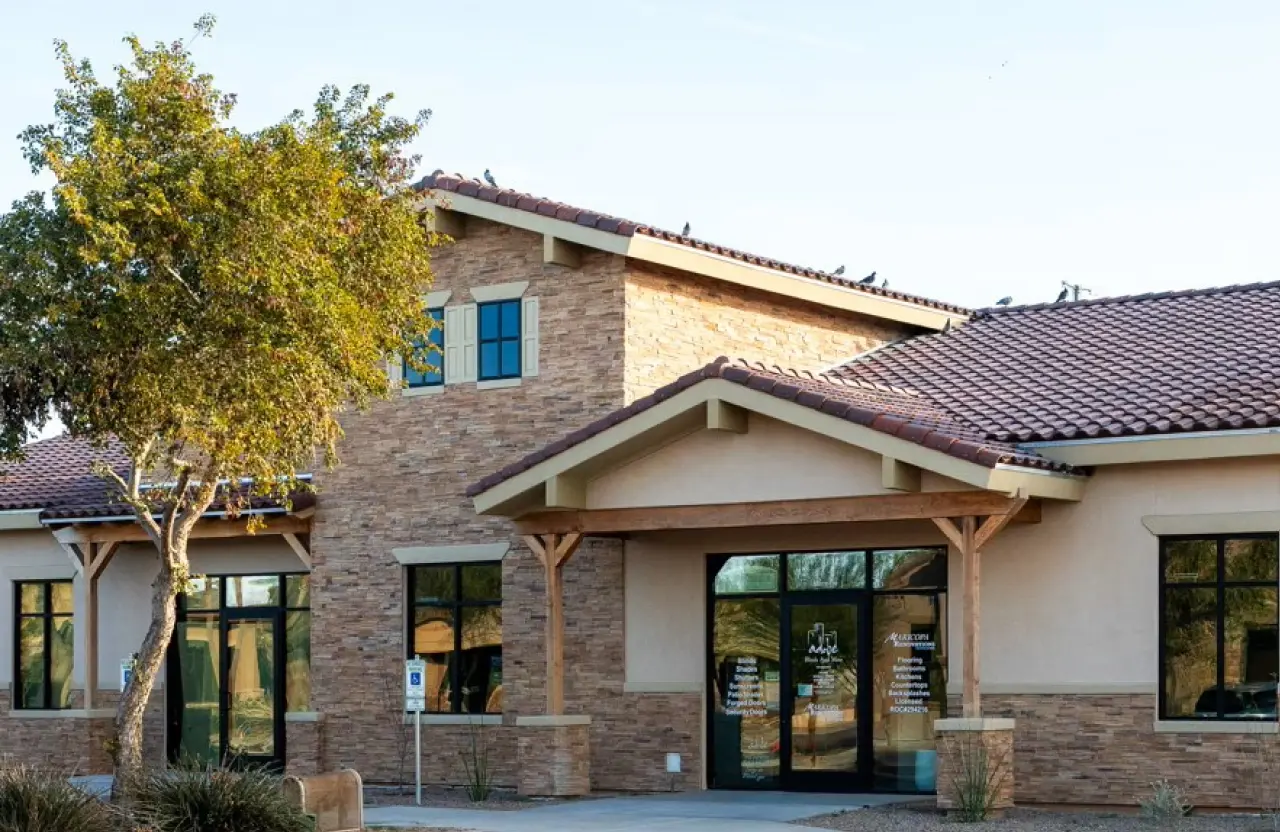The U.S. Small Business Administration has enacted a series of changes to its loan programs including the 504 real estate loan program as part of the agency’s annual revision of its policy guide. The guide is also known as the SOP, or standard operating procedure.
The program’s fundamentals and mission remain in-tact, assured Mike Owen, chief credit officer at CDC Small Business Finance. Still, it’s important for prospective borrowers and those in the lending business to understand and better prepare for the latest rule adjustments.
Owen, who has three decades of lending experience, says the SBA 504 loan changes will present additional layers of checks and ensuing challenges for some. At the same time, he acknowledges the 504 product continues to serve the important purpose of funding underserved communities.
“The program takes risk on those who might not have the longest track record of financial performance or may have had a credit issue in their past,” Owen said. “That is unique. Managing those risks are extremely beneficial in helping secure a permanent loan.”
Here are the most significant updates that should be on your radar:

More down payment for certain borrowers
Owners of single-use properties are expected to inject at least 15 percent down into an SBA 504 deal. Such properties include hospitals, gas stations and nursing homes, among other types.
However, under the new SBA 504 loan changes, any subsequent loan for such properties will require the borrower to contribute a minimum 20 percent down payment – an extra 5 percent. This mandate applies even if the borrower has paid off the first 504 loan.
Owen says the increase will likely become a hurdle and possible decision point because of the added investment for many of the borrowers who fall within this category.
Tightening of eligibility requirements for ‘credit elsewhere’
The SBA is requiring lenders to dig a bit more to evaluate the financial resources of 504 loan applicants and their affiliates to ensure the SBA program is truly the only means they have to offering loan term financing to applicant.
What are the some scenarios that would be deemed acceptable by the SBA?
- The business needs a longer maturity than the traditional lender’s policy allows.
- Collateral does not meet the lender’s policy requirements.
- The borrower does not have sufficient cash for down payment to qualify for conventional loan.
“The SBA wants to make sure the loan funds are going to individuals of need,” Owen said.
Broadening borrower vetting, disclosures
Starting this year, 504 lenders will use research tool LexisNexis to conduct routine public-records checks on prospective borrowers. These checks will pull up any prior bankruptcies, liens, civil or criminal actions, and more.
Consequently, it is incumbent on borrowers to disclose any such filings on their record, as part of the loan process. Certain disclosures would not automatically disqualify a borrower from obtaining financing. But it is key for applicants to be forthright about all past issues, Owen said. Failure to disclose history could jeopardize a loan application.
Key Man life insurance rule
If the viability of a business is tied to an individual they are required to purchase or assign existing key man life insurance. This rule specifically applies to principals of sole proprietorships, single member LLCs, or for businesses otherwise dependent on one owner’s active participation, consistent with the size and term of the loan.
Collateral available to repay the loan may be factored into the determination of how much life insurance the borrower needs to purchase. Exemption from securing Key Man insurance is available if the principal is uninsurable. The CDC must obtain written documentation from a licensed insurer of this fact.
Permanent refi
The latest SOP update allows 504 loans to provide permanent refinance of conventional loans. Here are the criteria for a permanent refi:
- The existing loan to be refinanced is not subject to a federal guaranty
- The loan is a minimum of two-years-old
- 85 percent of the original use of funds can be defined as SBA eligible uses
- The loan has had 12 consecutive months of current payments
- If working capital for business expenses included, it is 20 percent or less of the value of the building asset
- The request is for debt refi and includes no additional improvements to the building



